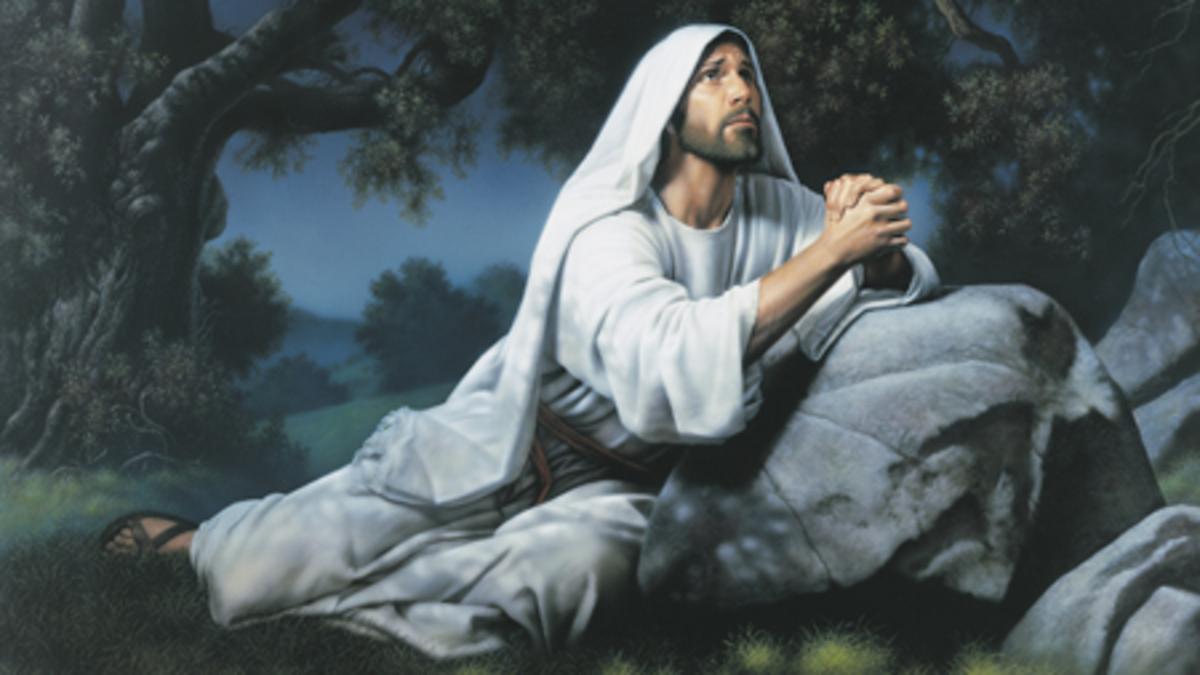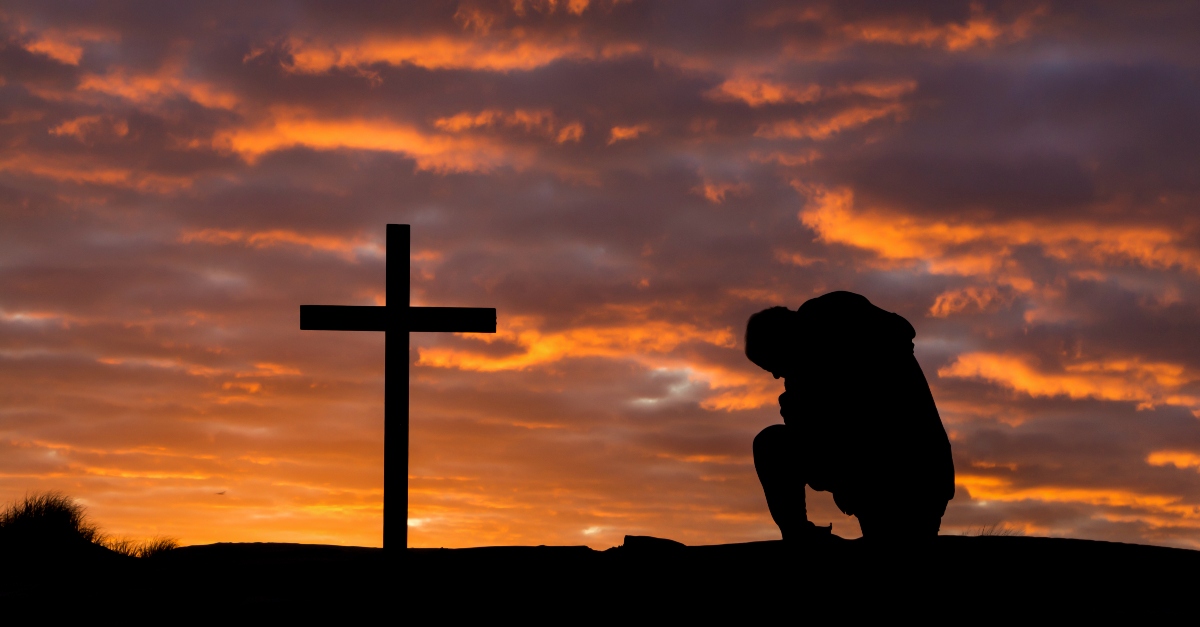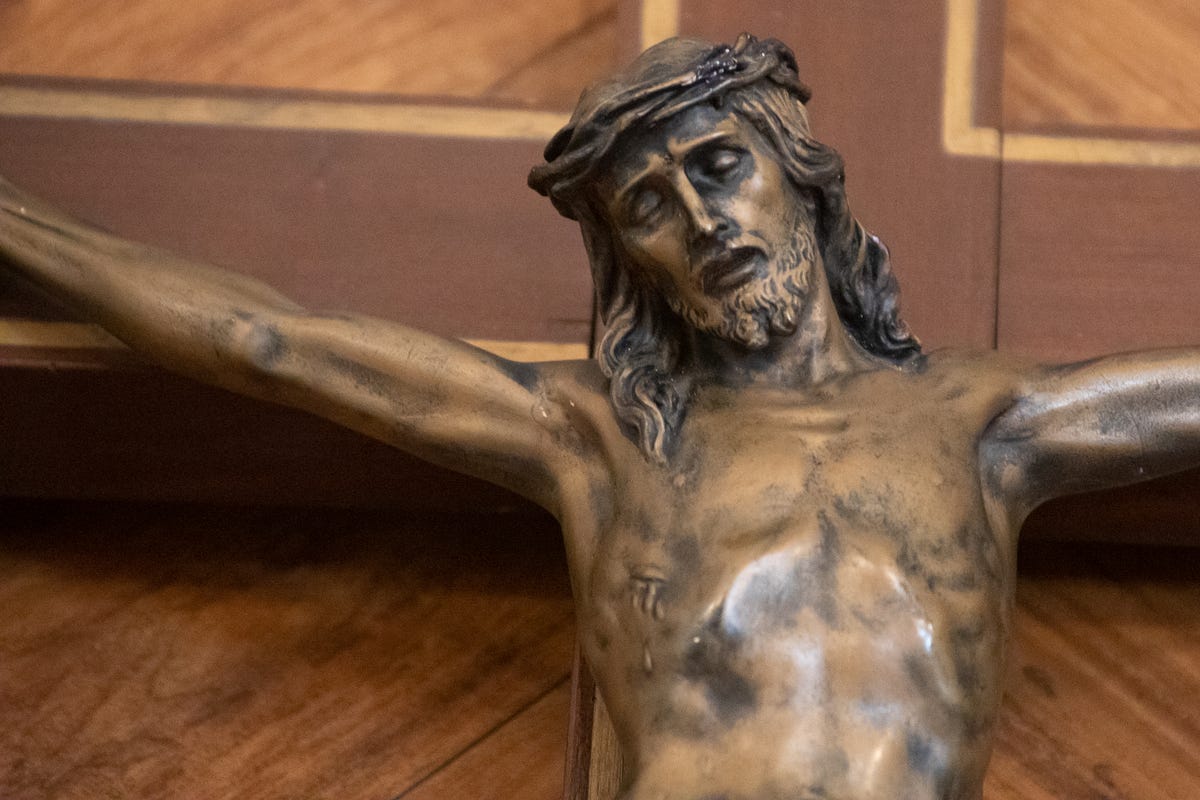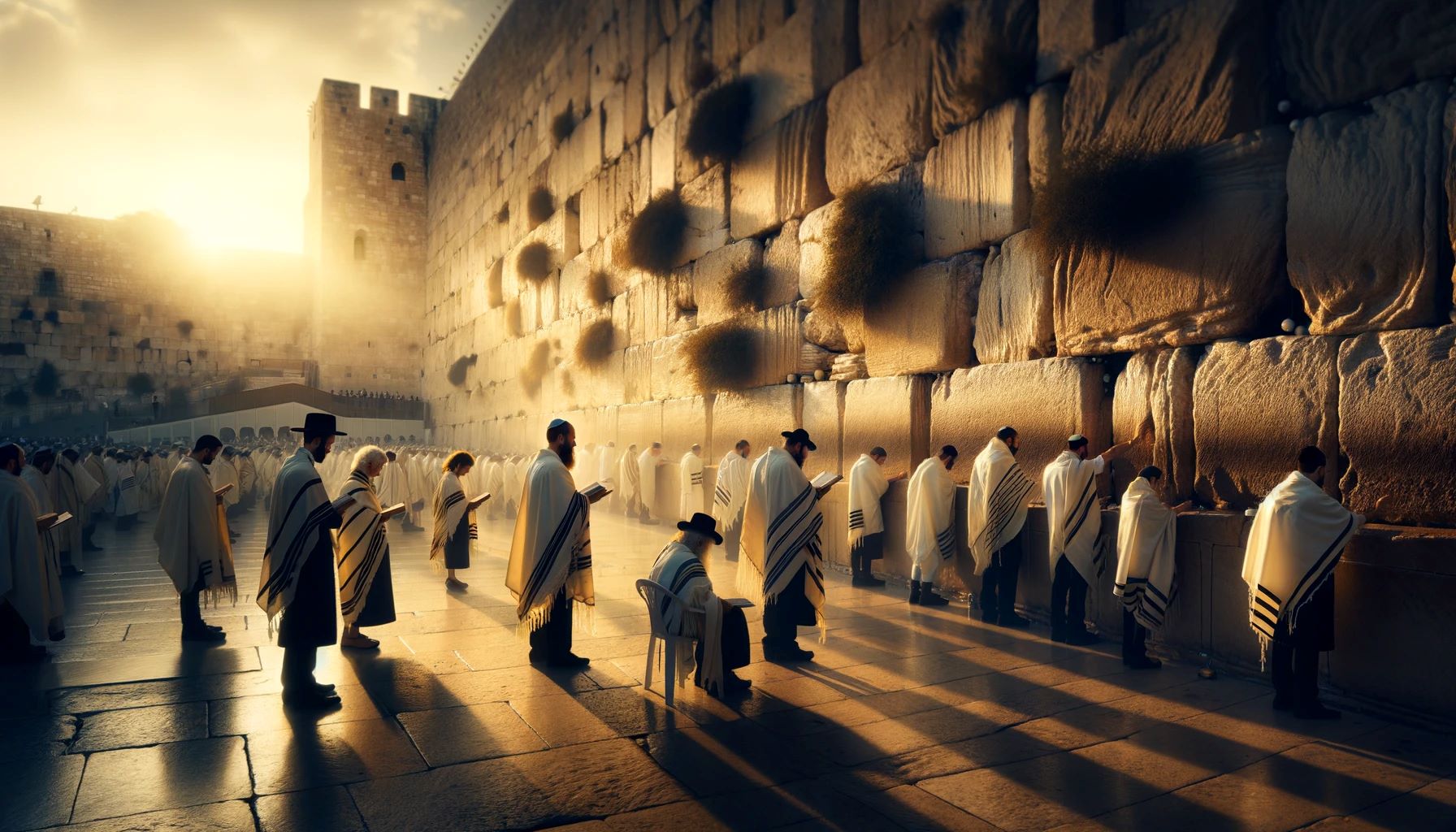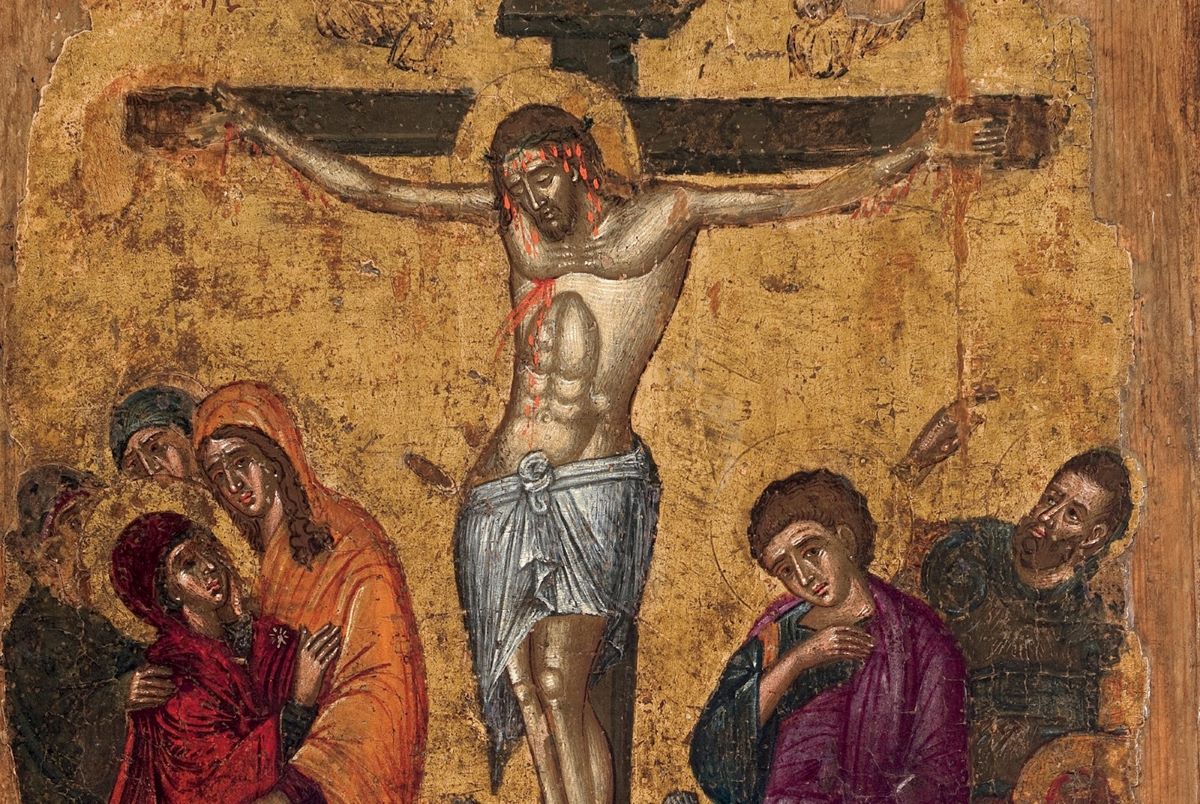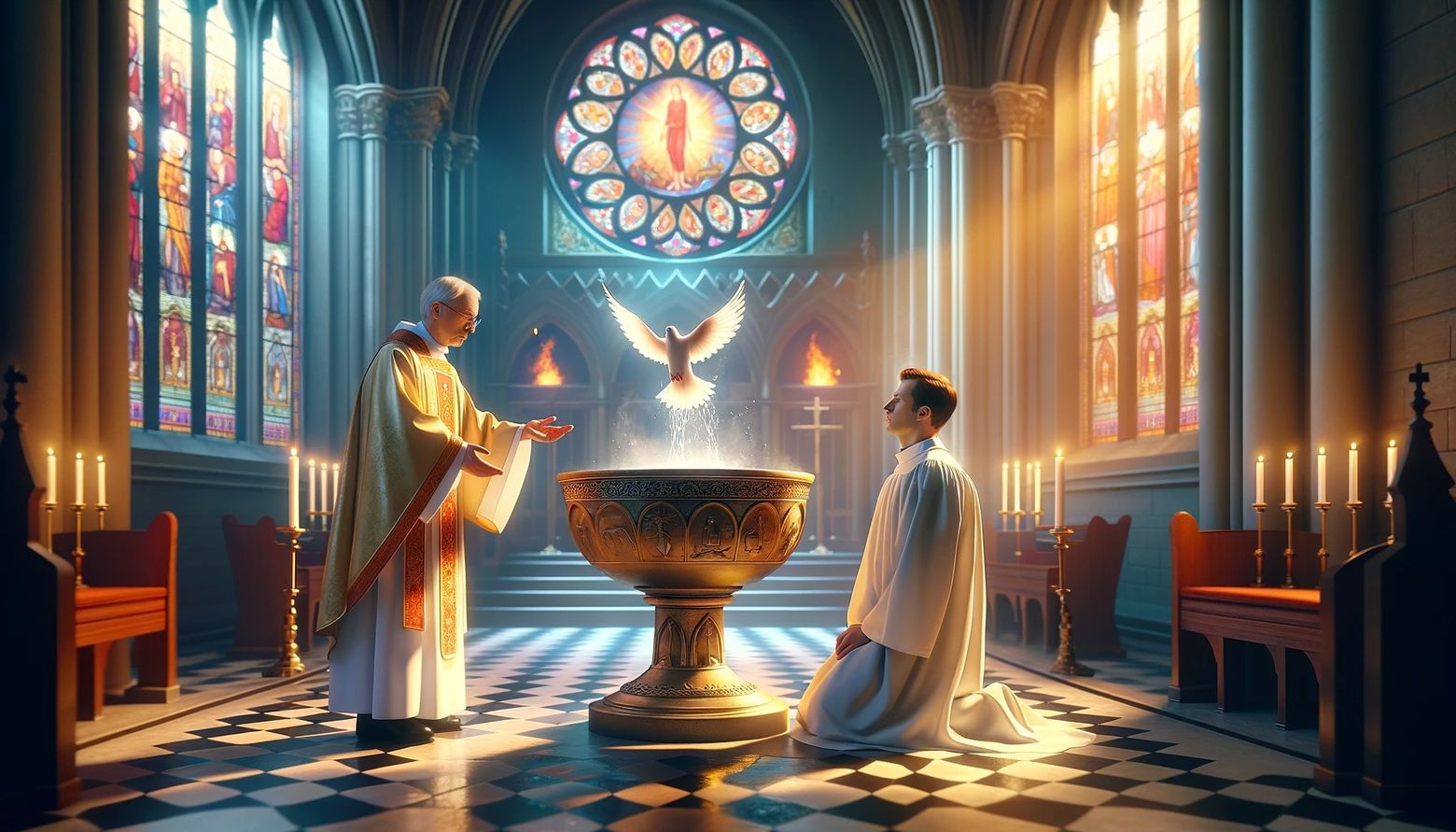Home>Theology and Spirituality>Which Two Events Are Most Closely Connected To Atonement?
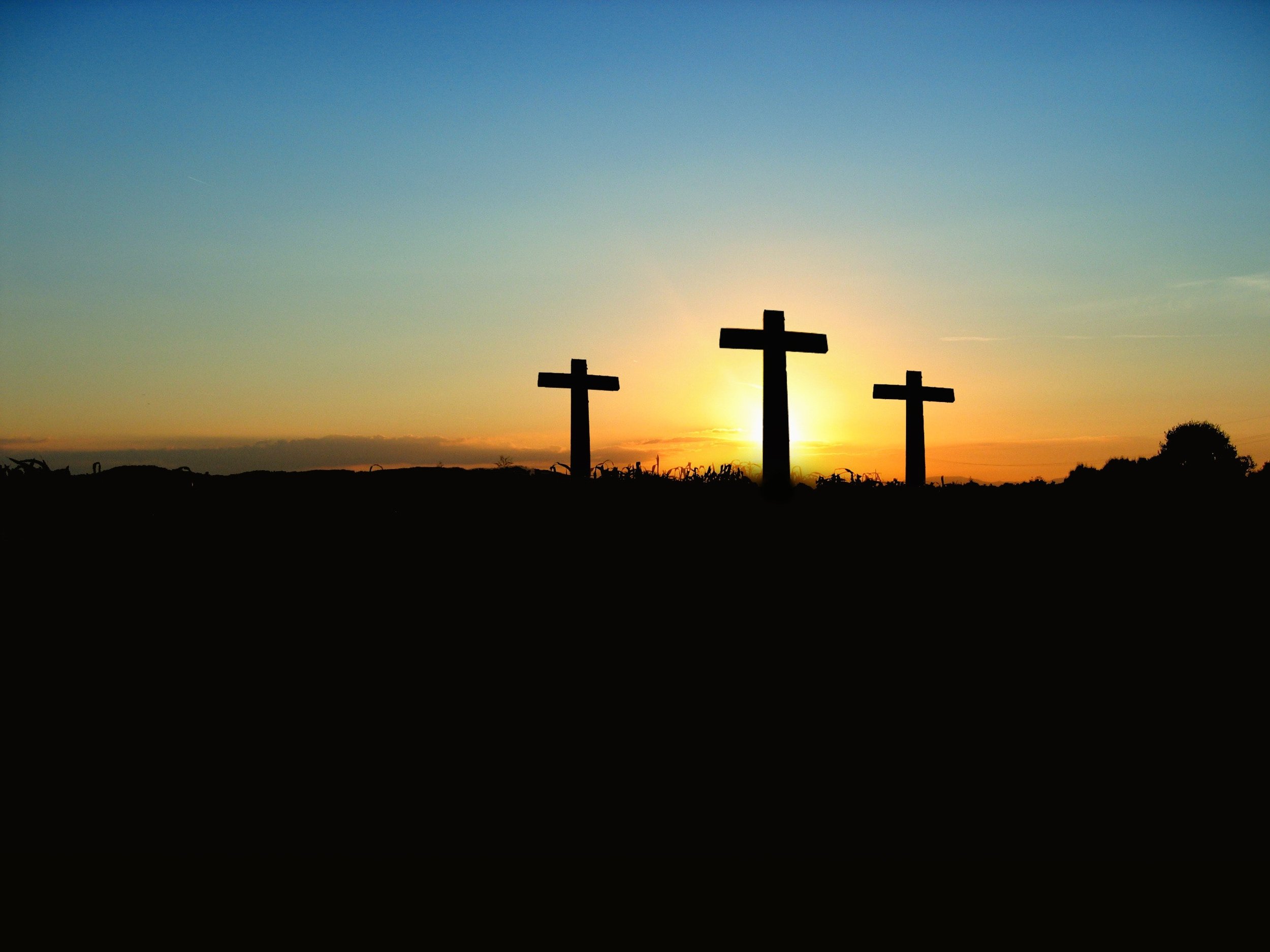

Theology and Spirituality
Which Two Events Are Most Closely Connected To Atonement?
Published: February 9, 2024
Peter Smith, Editorial Director at Christian.net, combines deep insights into faith, politics, and culture to lead content creation that resonates widely. Awarded for his contributions to religious discourse, he previously headed a major organization for religious communicators, enhancing dialogue on faith's societal impacts.
Discover the profound connection between atonement and two pivotal events in theology and spirituality. Explore the significance and impact of these interconnected elements.
(Many of the links in this article redirect to a specific reviewed product. Your purchase of these products through affiliate links helps to generate commission for Christian.net, at no extra cost. Learn more)
Table of Contents
Introduction
The concept of atonement holds profound significance in theology and spirituality, representing the reconciliation between humanity and the divine. At the heart of this profound concept lie two pivotal events that are deeply intertwined with the idea of atonement: the crucifixion of Jesus Christ and the Day of Atonement in the Old Testament. These two events, separated by centuries, are intricately connected, forming the bedrock of atonement theology in Christianity.
The crucifixion of Jesus stands as a cornerstone of Christian faith, symbolizing the ultimate act of love and sacrifice. It is a profound demonstration of divine grace and mercy, as Jesus willingly endured immense suffering and death to atone for the sins of humanity. This selfless act is central to the Christian belief in redemption and the restoration of the relationship between God and humanity.
On the other hand, the Day of Atonement, as described in the Old Testament, holds a pivotal place in the religious calendar of Judaism. Also known as Yom Kippur, it is a day of fasting, prayer, and repentance, dedicated to seeking forgiveness and reconciliation with God. The rituals and practices associated with the Day of Atonement were meticulously prescribed in the Mosaic law, emphasizing the solemnity and significance of this sacred occasion.
The interconnectedness of these two events is not merely a matter of historical coincidence; rather, it reflects a profound theological and spiritual truth. The sacrificial death of Jesus on the cross is often referred to as the ultimate atoning sacrifice, drawing parallel to the sacrificial rituals performed on the Day of Atonement in the Old Testament. This parallel underscores the continuity and fulfillment of divine purpose across the Old and New Testaments, weaving a cohesive narrative of atonement and redemption.
As we delve deeper into the relationship between the crucifixion of Jesus and the Day of Atonement, we unravel a tapestry of profound symbolism, spiritual significance, and divine purpose. These interconnected events form the cornerstone of atonement theology, offering a glimpse into the depth of divine love and the transformative power of reconciliation.
The Crucifixion of Jesus
The crucifixion of Jesus stands as a pivotal event in Christian theology, embodying the profound depth of divine love and the ultimate act of atonement. According to the New Testament accounts, Jesus, the central figure of Christianity, willingly endured the agony of crucifixion, ultimately sacrificing his life for the redemption of humanity.
The crucifixion took place at Golgotha, outside Jerusalem, during the rule of Pontius Pilate, the Roman governor. The Gospels depict a harrowing narrative of Jesus being betrayed, unjustly tried, and subjected to brutal scourging before being led to the crucifixion site. The crucifixion itself was a torturous form of execution, designed to inflict maximum suffering and humiliation upon the condemned.
The significance of the crucifixion lies not only in the physical torment endured by Jesus but also in its profound spiritual implications. According to Christian belief, Jesus, as the Son of God, willingly embraced the cross, bearing the weight of humanity's sins and offering himself as the ultimate sacrificial lamb. This act of selfless love and atonement is central to the Christian understanding of redemption and reconciliation with God.
The crucifixion of Jesus is intricately linked to the concept of atonement, representing the fulfillment of divine purpose and the restoration of the broken relationship between humanity and God. Through his sacrificial death, Jesus provided a path for humanity to be reconciled with God, offering forgiveness, redemption, and the promise of eternal life.
The imagery of the crucifixion, with Jesus willingly embracing suffering and death, serves as a powerful symbol of divine love and compassion. It underscores the depth of God's willingness to reconcile with humanity, bridging the chasm created by sin and offering a path to spiritual restoration.
In Christian theology, the crucifixion of Jesus is not merely a historical event but a profound demonstration of God's redemptive plan for humanity. It serves as the ultimate expression of divine love, offering hope, forgiveness, and the promise of salvation to all who embrace the message of the cross.
The crucifixion of Jesus, with its profound implications for atonement and redemption, remains a central tenet of Christian faith, inspiring believers to reflect on the depth of God's love and the transformative power of the cross.
The Day of Atonement in the Old Testament
The Day of Atonement, known as Yom Kippur in Hebrew, holds a central and solemn place in the religious calendar of Judaism. Described in the Old Testament, particularly in the book of Leviticus, this sacred day is dedicated to seeking atonement, purification, and reconciliation with God. Yom Kippur occurs on the tenth day of Tishrei, the seventh month of the Hebrew calendar, and is marked by a day of fasting, prayer, and repentance.
The rituals and practices associated with the Day of Atonement are meticulously prescribed in the Mosaic law, emphasizing the solemnity and significance of this sacred occasion. The high priest plays a pivotal role in the observance of Yom Kippur, undertaking specific rituals to atone for the sins of the people and cleanse the sanctuary.
Central to the observance of Yom Kippur is the concept of atonement, which entails seeking forgiveness for sins and transgressions committed throughout the year. The day is marked by a profound sense of introspection and repentance, as individuals engage in fervent prayer and seek reconciliation with both God and fellow human beings.
One of the most striking rituals of Yom Kippur is the scapegoat ceremony, where the high priest symbolically transfers the sins of the people onto a goat, which is then released into the wilderness. This powerful ritual embodies the concept of divine forgiveness and the removal of sins, reflecting the yearning for spiritual purity and reconciliation.
The overarching theme of Yom Kippur revolves around the restoration of the relationship between humanity and the divine. It serves as a poignant reminder of the human propensity for error and the enduring need for repentance and forgiveness. The day's emphasis on humility, introspection, and seeking forgiveness aligns with the profound spiritual yearning for atonement and reconciliation.
Yom Kippur stands as a testament to the enduring significance of atonement in the Old Testament, underscoring the deep longing for spiritual renewal and the restoration of the divine-human relationship. The rituals and practices associated with this sacred day reflect the timeless pursuit of forgiveness, purification, and reconciliation, resonating with the universal human yearning for atonement and spiritual wholeness.
The Relationship Between the Crucifixion and the Day of Atonement
The profound connection between the crucifixion of Jesus and the Day of Atonement in the Old Testament transcends mere historical coincidence, weaving a tapestry of theological and spiritual significance. At the heart of this relationship lies a profound continuity and fulfillment of divine purpose, bridging the Old and New Testaments in a cohesive narrative of atonement and redemption.
The sacrificial death of Jesus on the cross is often regarded as the ultimate atoning sacrifice in Christian theology, drawing parallel to the sacrificial rituals performed on the Day of Atonement in the Old Testament. The intricate parallels between these two pivotal events serve to underscore the timeless and universal significance of atonement in the divine plan for humanity's redemption.
In the Old Testament, the Day of Atonement served as a sacred occasion for seeking forgiveness, purification, and reconciliation with God. The rituals prescribed for this solemn day, including the offering of sacrifices and the scapegoat ceremony, were emblematic of the yearning for spiritual renewal and the removal of sins. The overarching theme of seeking atonement and restoration of the divine-human relationship permeated the observance of Yom Kippur, resonating with the profound human longing for reconciliation and spiritual wholeness.
The crucifixion of Jesus, on the other hand, represents the pinnacle of divine love and sacrifice, as Jesus willingly embraced the cross to atone for the sins of humanity. His selfless act of enduring suffering and death mirrors the sacrificial elements inherent in the Day of Atonement, albeit transcending them in its universal and eternal significance. The crucifixion stands as the ultimate expression of God's redemptive plan, offering reconciliation, forgiveness, and the promise of eternal life to all who embrace the message of the cross.
The parallels between the crucifixion and the Day of Atonement serve to illuminate the depth of divine purpose and the continuity of God's redemptive plan across the ages. The sacrificial elements, the yearning for forgiveness, and the restoration of the divine-human relationship converge in these two pivotal events, underscoring the profound theological and spiritual truths embedded within them.
As such, the relationship between the crucifixion of Jesus and the Day of Atonement transcends mere historical or religious significance; it embodies the timeless and universal yearning for atonement, reconciliation, and spiritual restoration. It serves as a testament to the enduring depth of divine love and the transformative power of redemption, offering a glimpse into the profound interconnectedness of these pivotal events in shaping the theological landscape of Christianity.
Conclusion
In conclusion, the interconnectedness of the crucifixion of Jesus and the Day of Atonement in the Old Testament unveils a profound tapestry of theological and spiritual significance. These two pivotal events, separated by centuries, are intricately linked, forming the cornerstone of atonement theology in Christianity. The sacrificial death of Jesus on the cross and the solemn observance of the Day of Atonement in the Old Testament converge to illuminate the timeless and universal yearning for atonement, reconciliation, and spiritual restoration.
The crucifixion of Jesus stands as the ultimate demonstration of divine love and sacrifice, embodying the depth of God's willingness to reconcile with humanity. Through his selfless act of enduring suffering and death, Jesus provided a path for humanity to be reconciled with God, offering forgiveness, redemption, and the promise of eternal life. The imagery of the crucifixion serves as a powerful symbol of divine love and compassion, underscoring the transformative power of the cross in the Christian understanding of redemption.
On the other hand, the Day of Atonement in the Old Testament reflects the enduring human yearning for spiritual renewal and the restoration of the divine-human relationship. The rituals and practices associated with Yom Kippur emphasize the solemn pursuit of forgiveness, purification, and reconciliation with God. The scapegoat ceremony, in particular, symbolizes the removal of sins and the yearning for spiritual purity, resonating with the universal human longing for atonement and spiritual wholeness.
The relationship between these two events transcends mere historical or religious significance; it embodies the timeless and universal yearning for atonement, reconciliation, and spiritual restoration. The parallels between the crucifixion and the Day of Atonement illuminate the depth of divine purpose and the continuity of God's redemptive plan across the ages. They underscore the profound theological and spiritual truths embedded within them, offering a glimpse into the interconnectedness of these pivotal events in shaping the theological landscape of Christianity.
In essence, the crucifixion of Jesus and the Day of Atonement stand as timeless symbols of divine love, atonement, and reconciliation. They weave a cohesive narrative of redemption, offering a profound insight into the depth of God's love and the transformative power of reconciliation. As such, the interconnectedness of these two events serves as a testament to the enduring significance of atonement in shaping the spiritual consciousness of humanity, transcending time and culture to offer a message of hope, forgiveness, and spiritual renewal.


